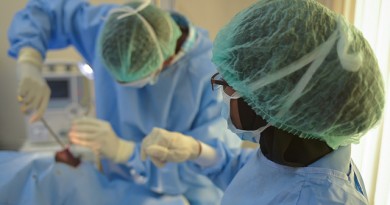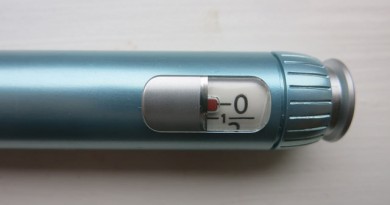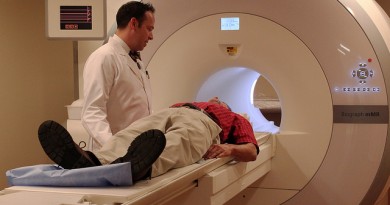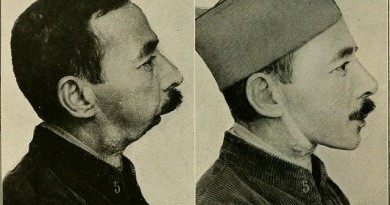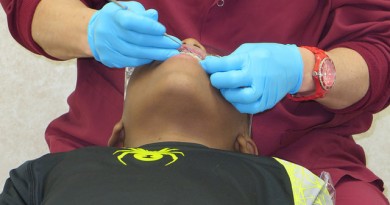How Much Does Hernia Repair Cost?
A hernia is a protrusion of internal organs or tissue through a weakness or opening in the wall of the body cavity that houses the organs or tissue. Occasionally, hernias can be present without symptoms. More often, however, hernias are quite painful. They must be treated as soon as possible otherwise serious complications may develop. These complications include gangrene due to organ tissue necrosis and organ failure. Both of these conditions are potentially fatal, magnifying the importance of early treatment. Most hernias can be repaired rather easily with surgery followed by long term lifestyle changes. For those who are currently suffering and contemplating surgery, this reading will help answer the question “how much does hernia repair cost”?
Average Cost Of Hernia Repair
There are over twenty different kinds of hernias, so calculating the average cost of hernia repair can be difficult. In a typical procedure, the herniated organ or tissue is pushed back through the opening in the cavity wall, or “reduced”. Once the tissue is correctly situated, the hole or weakness in the surrounding muscle tissue is repaired in a procedure called a herniorrhaphy. This operation can often be done on an outpatient basis. Depending on the kind of hernia being treated, hernia repair cost can range from $4,000 to $11,000 or more. Those costs can be even higher, however, if complications are present. During the procedure, the doctors will often assess the viability of the herniated organ. If the organ or tissue has been damaged then repairing that organ will increase the cost of hernia repair. Patients with health insurance coverage can expect to pay typical deductibles and co payments to cover hernia repair cost.
Inguinal Hernia Repair Cost
An inguinal hernia occurs when contents of the abdominal cavity protrude through the abdominal muscle wall and into the groin area. This is the case in about 70 % of all hernias. These types of hernias are relatively common, occurring in over 25% of men in their lifetime, and are one of the most commonly performed surgical procedures. Being overweight and chronically coughing due to smoking can increase a person’s risk for developing an inguinal hernia. Improper lifting techniques can also increase risk. Inguinal hernia repair cost ranges from $4,000 to $6,000. Depending on the type and size of the hernia, either local or general anesthesia may be used. Various techniques are available to surgeons, most of which include reduction of the herniated tissue and repair of the damaged muscle tissue. When the edges of the muscle are sewn back together without reinforcement, the procedure is known as a tension repair. Tension free repairs include the use of a synthetic mesh to reinforce the damaged tissue.
Laparoscopic Hernia Repair Cost
Minimally invasive procedures known as laparoscopic surgeries have become more popular in recent years because they tend to reduce recovery times. These options are typically more expensive, as they usually necessitate more time in the operating room. However, the overall length of the hospital stay is reduced because of the improvement in the recovery time. Reviews as to the cost effectiveness of laparoscopic hernia repair have been mixed. Average laparoscopic hernia repair cost is $8,800. Some studies in the UK suggest that the overall cost is, however, less because of the quicker recovery period. However, some American studies are showing that the rate of hernia recurrence after a laparoscopic operation is more than twice that of open tension or tension free procedures.
Umbilical Hernia Repair Cost
Umbilical hernias are most common among babies of African ancestry, and occur most often among male children. Among adults, however, they most often affect women. They can be seen as a large protrusion at the belly button, and generally resolve themselves in infants without treatment in two to three years. As with an inguinal hernia, and umbilical hernia can be repaired through either an open or laparoscopic procedure. Average umbilical hernia repair cost is $7,000. This, of course, will vary depending on whether an open or laparoscopic procedure is chosen. Although they typically close on their own, any umbilical hernia that does not close by the time the child turns five years of age should be treated surgically. Surgery before the age of five might be needed if the hernia is unusually large, or if there are signs of an infection such as redness and frequent vomiting. This is an outpatient procedure that will require general anesthesia.
Hernia Repair Without Surgery
Some patients choose to forego surgery, relying instead on non-surgical treatments that are much less expensive. The cost of hernia repair where the only cost involves buying a hernia truss is anywhere from $15 to over $100. Not surprisingly, they are much less effective. For patients, who for whatever reason do not want surgery, most doctors will recommend a hernia support, or hernia truss. The truss is designed to provide support in the herniated area through the use of a pad held in place with a belt. Although once commonly used, hernia trusses are no longer generally recommended by physicians. As it is difficult to hold the pad in place permanently, the improper use of such a device can actually cause the hernia to enlarge. Some physicians, however, are taking a new look at these devices as studies are showing an alarming rate of long term complications after hernia surgeries.
Hernia Repair Complications
The rate of onset of complications after hernia surgery is directly related to the experience of the surgeon varying from 1 in 10 to 1 in 100. There are other factors as well. The rate of recurrence after inguinal hernia repair can be as high as 10%. As with any surgery, there is always the risk that the patient will develop a post operation infection. Open tension free procedures can also present a problem. On occasion, the synthetic mesh that is used to repair and reinforce the muscle tissue can be rejected. In this situation, the mesh has to be removed. Mesh rejection symptoms include local pain and swelling around the mesh area. Recurrence of the hernia can happen more often in patients that are obese. Also, continuation of strenuous activities after a hernia operation can also cause complications. For these reasons, lifestyle changes after any hernia procedure are very important.
- 704SHARES

